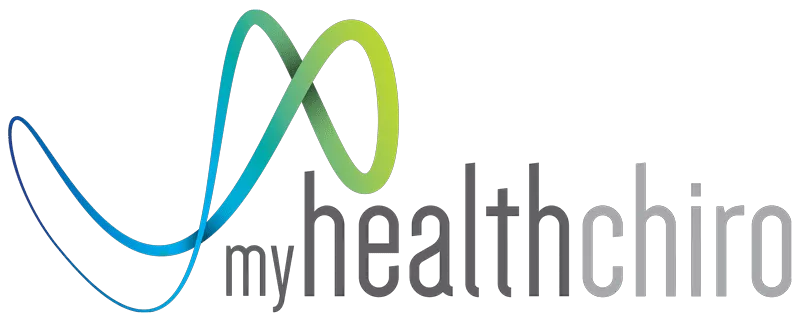Let’s talk inflammation. Most of us think of inflammation as a bad thing. But in reality, its normal and necessary for our bodies to produce inflammation. Inflammation is a response to injury and stimulates repair. Inflammation acts like a GPS marker for your repair cells. Inflammation is an essential response to help our repair cells get to the site of injury and damage. It also helps our immune cells find the area to fight off any bugs that may have entered the area or be passed to the area. Your body is pretty clever.
If inflammation is a good thing, should we try and get our bodies to be as inflammatory as possible?
No, not quite.
Your body turns on and off the inflammatory response. It’s in a state of flux, on and off. It’s important that your body isn’t stuck in an inflammatory state, otherwise cells don’t thrive and cells encounter more damage resulting in premature cell death. Increasing inflammation in your body shifts your internal environment to an inflammatory state, which is counterproductive.
Healthy inflammation is localised and acts as a GPS marker for repair cells. Unhealthy inflammation is more generalised in the body. Arthritic conditions, gastric ulcers, chronic digestive conditions like Crohn’ disease are a result of unhealthy chronic inflammation.
How is pain and inflammation linked?
Inflammation as we’ve established is a response to injury. It has pain, swelling, redness, stiffness and loss of movement associated with it. This response is there for a reason. It’s there to ensure your body can repair the site of injury properly without you re-aggravating and worsening the injury.
Take this analogy. Someone punches a hole into a wall. You must now embark on the journey of fixing it.
First, you’ll need to clean up the hole and fill it with putty/filler. Then you have to wait for it to set and either sand back or refill parts. After it’s all smooth, then you go ahead and repaint the wall.
Now let’s say there’s an earthquake going on while you’re trying to repair the wall. Do you carry on? Probably not, you’d wait for it to over to carry on.
Pain is the motivator for us to stop moving the area of injury/damage and let the “filler” take hold. If there wasn’t pain, stiffness and loss of movement, we would keep breaking down the tissue before it had a chance to “set”.
Pain is actually a feedback mechanism, telling you when you are going to reinjure and break down the tissue that’s being laid down. Pain is constructive and provides information. Listen to pain rather than trying to shut it up.
Should we try and reduce inflammation when we’re injured?
We generally tend to want to reduce the response of inflammation because it brings along the PAIN response.
Inflammation is necessary for repair in the short and the long term. If we reduce too much of the inflammation, we essentially slow down the repair. This has been researched and proven so much so that the old protocol of R.I.C.E (Rest, Ice, Compress, Elevate) has been changed when we sprain or strain things. Recent research actually suggests that if we move and mobilise the area early it’ll keep blood flow in the area and help to repair things faster. Icing too much and immobilising delays healing and adds days to the resolution of injury.
Using anti inflammatory drugs or anti inflammatory rubs are a way to reduce pain. However if we do this we prolong the repair time as we’re diverting repair cells away from the site of injury. It compounds the issue when the pain goes away. We are under the false impression that the site is now strong again, when in reality we’ve just stopped the pain feedback, not improved the repair. We then go back to normal activities and relapse all the good work our body has done thus far. Then we find that the pain won’t go away and now we in a vicious cycle of pain relief drugs and chronic injury.
What should we do when we have pain?
The best thing to do when we have pain is to try and speed up the and repair healing process. If delay the repair process and try to reduce too much of the inflammation it essentially prolongs the time spent in the acute pain phase.
So, the best thing to do is to introduce early mobilization and restore muscle support with chiropractic adjustments. Then promote a healthy inflammation response by providing your body the building blocks for repair. Consume lots of water, reduce sugar and processed foods, reduce omega 6 fats such as vegetable oil, canola and fried foods. Keep moving the area of injury within your pain tolerances. And get enough sleep. Your body repairs fastest when you are in your deepest stage of sleep.
Remember inflammation is not a bad thing. If we didn’t have it we’d wouldn’t repair and heal from the damage we subject ourselves to. Champion your bodies healing and repair process, it’ll get you out of pain faster and back to doing what you enjoy most!
